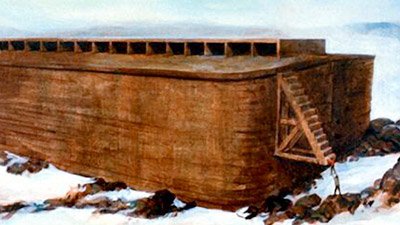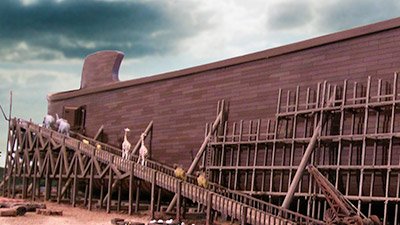Answers Magazine
April – June 2007

Get a fresh look at Noah's Ark, the Global Flood and its impact on the Earth.
Features
-
Magazine ArticleCaring for the Animals on the ArkMarch 24, 2009, pp. 36–38
While it is possible that God made miraculous provisions for the care of these animals, it is not necessary—or required by Scripture—to appeal to miracles.
-
Magazine ArticlePresuppositions in the ClassroomJune 28, 2009, pp. 92–94
The point that should concern Christian parents and teachers is that only one worldview—a secular evolutionary worldview—is taught as if it were established fact.
-
Magazine ArticleMeeting Scientists Behind Closed DoorsMarch 12, 2007, pp. 96–97
Imagine being responsible for the content in what is sure to be the most scrutinized museum on the planet. That is my job.
Departments
-
Publisher's Pen
p. 6 -
Readers Respond
p. 7 -
Science News
pp. 14–15 -
Culture News
pp. 16–17 -
Get Answers
p. 82 -
Creation Evangelism
pp. 88–89 -
Education Spotlight
pp. 90–91 -
Father’s Corner
p. 102 -
Biblical Authority
p. 103 -
Resource Preview
p. 106
Support the creation/gospel message by donating or getting involved!

Answers in Genesis is an apologetics ministry, dedicated to helping Christians defend their faith and proclaim the good news of Jesus Christ.
- Customer Service 800.778.3390
- © 2025 Answers in Genesis
















